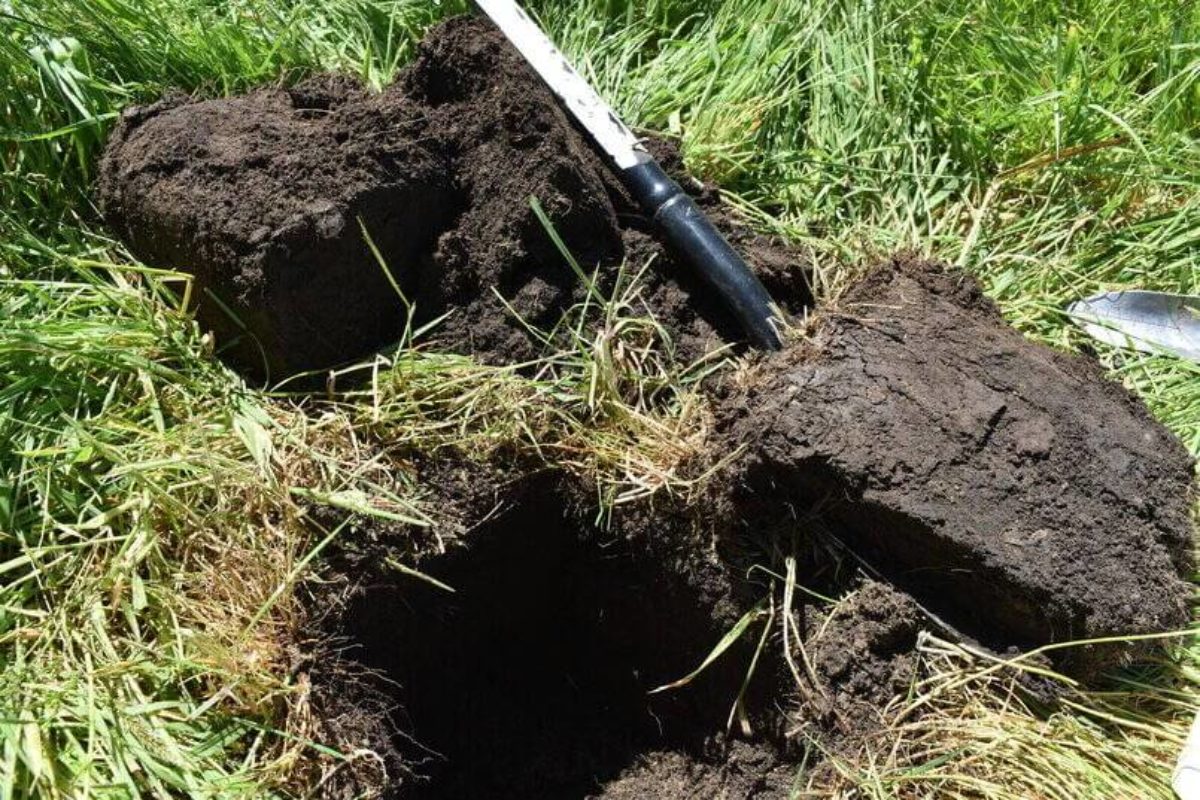Regenerative Agriculture has become a hot topic and is attracting a lot of media. But how do we know the land we are farming or buying our produce from is regenerating. EOV or Ecological Outcome Verification is a global programme which has been designed to verify for farmers and consumers that land is regenerating.
Designed to support the regenerative approach to agriculture, EOV focuses on the health of the land we use, its biodiversity, and the ecosystem around it.
What is EOV?
EOV is a science-based method of ensuring healthier soil and longer-lasting farms.
EOV is not a certification of practices, but rather a verification of outcomes in the soil and farm ecosystems.
Put simply, it’s not a way to do things, but rather a way to measure if what you’re doing is working.
EOV gives the land a voice of its own, through empirical and tangible outcomes, keeping you on track for sustainable and regenerative farming practice.
The aims of EOV
Regeneration is the long-term solution of the EOV approach, but before we get there, we need to make land more than sustainable. It needs to be regenerating.
The problem is modern farming is built upon a model of extraction. The soil is damaged to the point it is no longer sustainable to life, inhospitable to growing grass, plants, and vegetables.
It is a serious problem facing the world, with UN experts predicting that if current rates of degradation continue, all of the world’s topsoil could be gone within 60 years.
How does EOV work?
Evaluating the health of the land as a living system, EOV measures soil health, flora and fauna, and how the local ecosystem functions.
EOV has been years in the making, with input from scientists, agronomists, and land-stewards around the world.
The program comes with a high degree of scientific rigor and through Savory’s global network is on track to create one of the largest global databases for monitoring grassland health and associated ecosystem services on all continents.
These ecosystems range from the South African veld to the Argentine pampas and include the Texas prairie and the Australian grasslands (and now the addition of New Zealand farmland among others).
Farms with positively-trending data receive Ecological Outcome Verification, which validates the produce from their operations to consumers.
Land to Market
Times are changing, and people are now more concerned about the environment, sustainability, and where their food comes from than ever before.
By using the EOV method, for the first time in history, we can let consumers know a product’s impact on the environment, with empirical evidence to back it up.
The Land to Market programme connects consumers directly to the farmers who produce the food, acting as the world’s first regenerative verification and sourcing solution.
This lets people know exactly where their food has come from, down to the very farm it’s grown on, and whether that farm practices sustainable, regenerative agriculture.
Consumers, restaurants, distributors, manufacturers, and food producers can partner together to support farmers and buy ethically.
Why should you sign up?
EOV is built for farmers first and foremost.
With tangible, empirical data, the method gives farmers feedback on what’s working and what’s not, allowing them to take speedy corrective action where required across their land and livestock.
EOV helps farmers understand critical areas like plant litter incorporation, dung decomposition, soil capping, and it maps the presence of desirable plant species.
These insights include improved food security, better water retention, and critically, they promote effective carbon sequestration.
Providing real-time insights to farmers drives positive change at the micro-level, and without small, sequential changes at the farm level, monumental progress is impossible.
Join the farming revolution today
Regenerative farming is an especially hot topic in regional towns around the world because they form the heartland of the agricultural sector.
Farmers know better than anyone the state of the land, and it’s obvious to many that things need to change – and change soon.
The plan is to take the land we have, and instead of bleeding it until it dies, squeezing as much out as we can before the soil dries up and blows away, we look after it, nursing it back to health.
Nature’s cycle of birth, growth, and death is the way it has been for eons, and it’s only been our greed over the past few hundred years that has thrown a spanner in the works.
But it’s never too late to change.
It’s not too late to reverse the damage done.
Regenerative farming with EOV as the scientific backbone can help transform small farms into effective, productive, and ethical success stories, which in turn leads to more and more holdings around the world coming on board.
If you would like to know more about EOV and how it can help your farm, then please don’t hesitate to contact us today.
Ata Regenerative are at the forefront of regenerative agriculture practice in New Zealand. With 17 years working in the regenerative space and as the Savory Hub for NZ, Ata Regenerative is the only certified Ecological Outcome Verification provider in New Zealand. Ata Regenerative can assist with your transition to farm practice that focuses on the regeneration of soils, increased productivity and biological diversity, as well as economic and social well-being. To find out more, contact us here.




